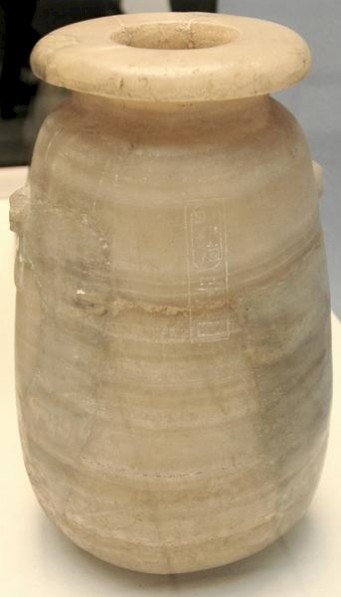Artemisia of Halicarnassus
Q232128Artemisia: queen of Halicarnassus in c. 480 BCE, ally of the Persian king Xerxes during his invasion of Greece.
Halicarnassus was a Graeco-Carian city that belonged to the empire of the Persian Achaemenids. The Persian authorities liked their cities to be ruled by one man, and not by an uncontrollable oligarchy or democracy, and preferred Lygdamis as king of Halicarnassus. When he died, he was succeeded by his daughter Artemisia, who is best known to us from the Histories by the Greek researcher Herodotus, also a Halicarnassian.
He mentions that in 480 BCE, when the Persian king Xerxes invaded Greece, queen Artemisia of Halicarnassus, commanded five ships from her small state, which included her Graeco-Carian capital and Cos, Nisyros, and Calydna.note This latter town is not to be confused with Calynda, a nearby city that was ruled by king Damasitheus. When the army of Xerxes advanced to Europe, the queen of Halicarnassus and the king of Calynda had a quarrel, about which we do not know much.note
She appears to have behaved bravely during the naval battle off Artemisium,note and advised against the naval engagement at Salamis.note When this battle did take place and the Persian fleet was already defeated, her ship, trying to escape from a Greek captain named Ameinias of Pallene, rammed the ship of Damasitheus, who did not survive this attack.note According to Herodotus, Xerxes had not seen how this happened and was unaware that the sinking ship was one of his own, and therefore praised Artemisia's courage.note

After the battle, she advised Xerxes not to stay in Greece, but to return to Asia.note Probably, he wanted to do this anyhow, because at that moment, Babylonia was unquiet, something not known to Herodotus.
Herodotus also tells us that Artemisia brought Xerxes' sons from Greece to Ephesus, and there she disappears from history.
Well, not entirely. In the British Museum in London, you can see a calcite jar (shown on the photo). It is almost 30 centimeters high and was discovered in the ruins of the Mausoleum of Halicarnassus, the monumental tomb of a later ruler of Caria, Maussolus (r.377-353). The object was made in Egypt and contains a very brief inscription in Egyptian, Old Persian, Babylonian, and Elamite: The great king Xerxes.
The inscription itself is not extremely interesting, but the fact that Xerxes' jar was discovered in the Halicarnassian Mausoleum, is quite sensational. After all, only the great king can have given this precious object with the almost sacrosanct royal signature to the ruler of Halicarnassus, queen Artemisia. The expensive present passed through the Carian royal line and was eventually given as a funeral gift to Maussolus and his wife, who was also called Artemisia and appears to have been quite a warrior herself.